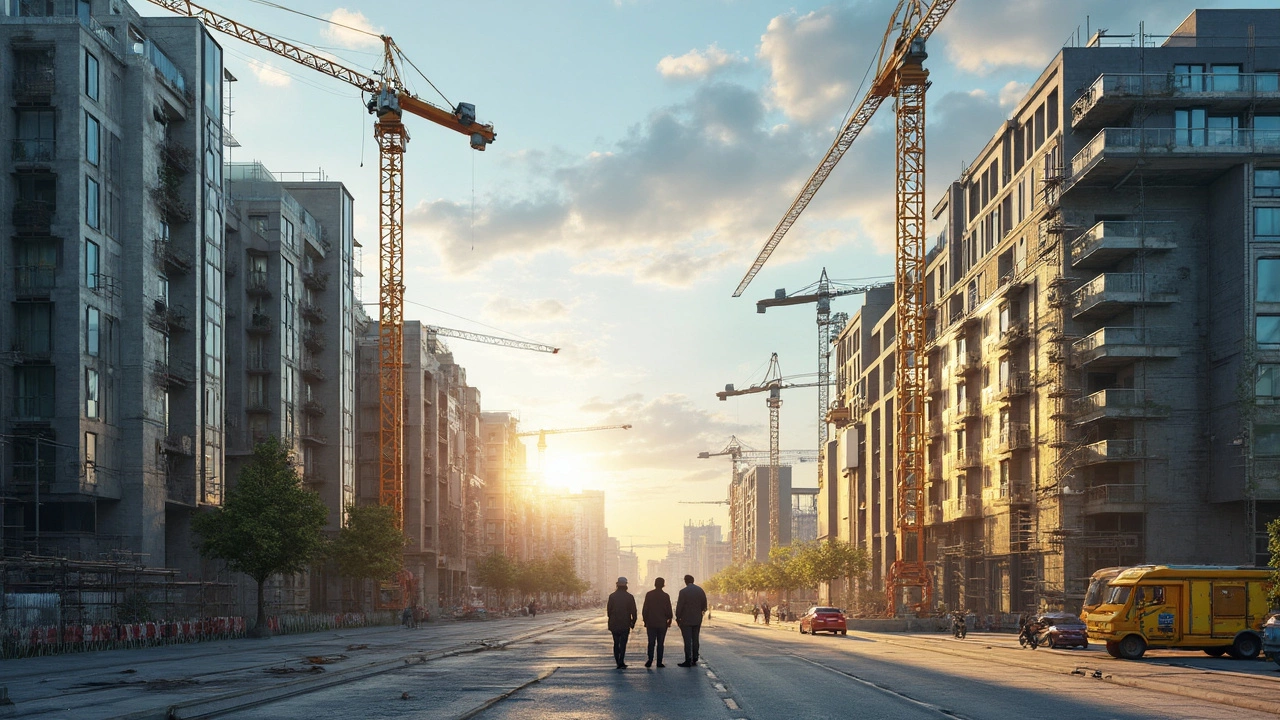Property Development: Practical Tips for Every Builder
If you’re starting a new build or upgrading an existing space, you need advice that works in real life, not just theory. This guide pulls together the most useful ideas from our articles, so you can avoid costly mistakes and finish on time.
Common Challenges in Property Development
First, expect hidden issues. Many owners discover foundation cracks after the walls go up, and fixing them later can double the cost. Spotting these problems early saves money and stress. Look for uneven doors, cracks that widen over time, and water stains on lower walls – they often signal deeper structural trouble.
Mold is another silent enemy. Even brand‑new homes can develop mold if moisture gets trapped in walls or floors. Keep an eye on musty smells, black spots, and condensation on windows. Good ventilation and proper damp‑proofing keep indoor air healthy and protect your investment.
Budget overruns commonly arise from under‑estimating roofing or flooring work. A roof that seems cheap on paper may hide hidden repairs, and flooring choices like luxury vinyl plank or engineered hardwood have different long‑term costs. Compare material prices, installation fees, and maintenance needs before you sign a contract.
Smart Solutions for Better Projects
Start with a solid plan. Write down every scope item – foundations, walls, roof, flooring, and finishes – and assign a realistic timeline. Use a simple spreadsheet to track costs and deadlines; updating it weekly keeps you honest.
When choosing materials, balance style and durability. Modern living rooms look great with engineered hardwood, but if you have pets, a high‑quality luxury vinyl plank may last longer. Our flooring guide shows which options hold up best in high‑traffic areas.
Hire specialists who communicate well. A good architect explains design concepts in plain language and shows you how those ideas affect structural work. A reliable contractor will give you a written quote that breaks down labour, materials, and contingency funds.
Don’t skip inspections. A third‑party survey after foundation work and before drywall goes up can catch hidden cracks. Likewise, a final walk‑through with a checklist of items – kick‑plates, trim, lighting – ensures nothing is missed.
Finally, think about future value. Adding practical storage solutions, like built‑in shelves or hidden cabinets, makes a property more attractive to buyers. Simple upgrades such as upgraded kitchen backsplashes or a fresh coat of neutral paint can lift resale value without breaking the bank.
Property development is a mix of careful planning, quality materials, and smart trade‑offs. Use these tips to stay on budget, avoid surprise repairs, and finish a space that looks great and works well for years to come.
Understanding New Builds: The Basic Meaning and Beyond
- Gavin Whitaker
- |
- |
- 0
New builds refer to properties that are newly constructed and have never been lived in before. These homes are often part of larger development projects and can include houses, apartments, or commercial spaces. They offer modern conveniences and energy efficiency, making them attractive to buyers. Understanding what constitutes a new build can help potential homeowners make informed decisions. The process of purchasing a new build can differ from buying a pre-owned property, so it's essential to know what to expect.
View more